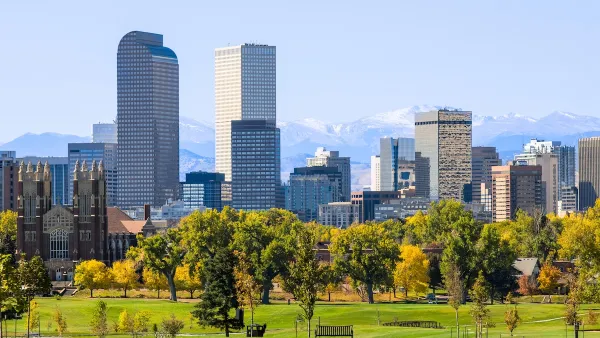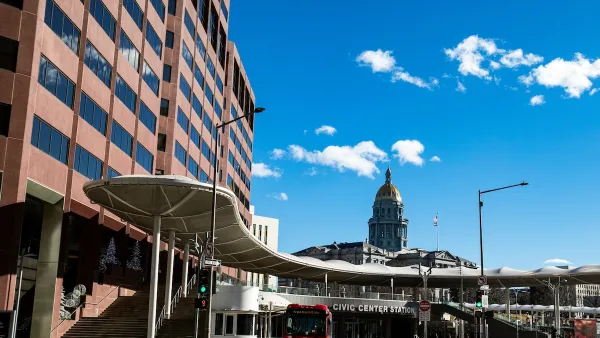Voters did not approve a measure that would have closed a slaughterhouse that is key to the nation’s lamb production.

Denver County voters rejected a ballot measure that would have closed a slaughterhouse in the Globeville neighborhood that processes 15 to 20 percent of the total lamb slaughter capacity in the country.
According to research by Jennifer Martin, an associate professor of animal sciences at Colorado State University, “Our report found that a closure of the Denver facility would require most of the sheep harvested there to instead be harvested in other states.” If the measure had passed, it could have had a 2 percent impact on livestock production nationwide. “The effects, which have been observed after closures of meat-processing facilities in other regions, would have included fewer sheep produced and a decline in the economic value of live sheep. Additionally, the closure would have resulted in a loss of livestock employment opportunities and a transition away from sheep production toward other enterprises.”
Martin explains how “The ballot measure highlighted the complexities of the meat supply chain and the challenges sheep producers face in getting lamb meat to consumers.” The meat industry is global, Martin notes, and “Balancing the value of the export market with imports from other countries underpins the profitability of livestock and meat producers across the globe.”
FULL STORY: Denver slaughterhouse ban could affect food systems in Colorado and beyond

National Parks Layoffs Will Cause Communities to Lose Billions
Thousands of essential park workers were laid off this week, just before the busy spring break season.

Retro-silient?: America’s First “Eco-burb,” The Woodlands Turns 50
A master-planned community north of Houston offers lessons on green infrastructure and resilient design, but falls short of its founder’s lofty affordability and walkability goals.

Delivering for America Plan Will Downgrade Mail Service in at Least 49.5 Percent of Zip Codes
Republican and Democrat lawmakers criticize the plan for its disproportionate negative impact on rural communities.

Test News Post 1
This is a summary

Test News Headline 46
Test for the image on the front page.

Balancing Bombs and Butterflies: How the National Guard Protects a Rare Species
The National Guard at Fort Indiantown Gap uses GIS technology and land management strategies to balance military training with conservation efforts, ensuring the survival of the rare eastern regal fritillary butterfly.
Urban Design for Planners 1: Software Tools
This six-course series explores essential urban design concepts using open source software and equips planners with the tools they need to participate fully in the urban design process.
Planning for Universal Design
Learn the tools for implementing Universal Design in planning regulations.
EMC Planning Group, Inc.
Planetizen
Planetizen
Mpact (formerly Rail~Volution)
Great Falls Development Authority, Inc.
HUDs Office of Policy Development and Research
NYU Wagner Graduate School of Public Service





























